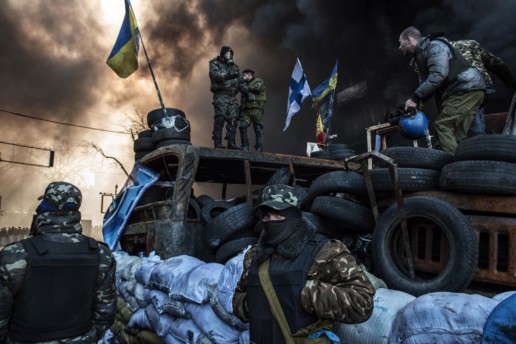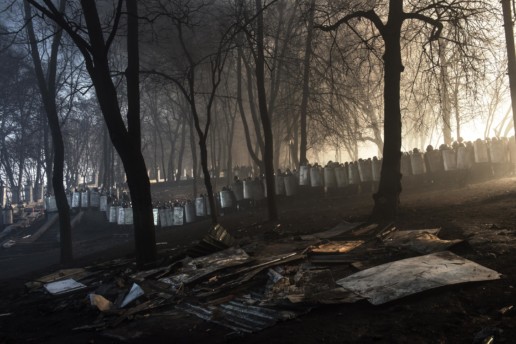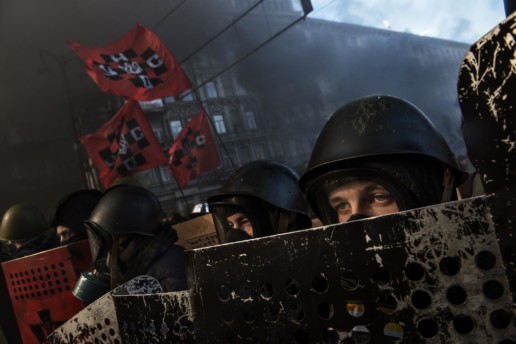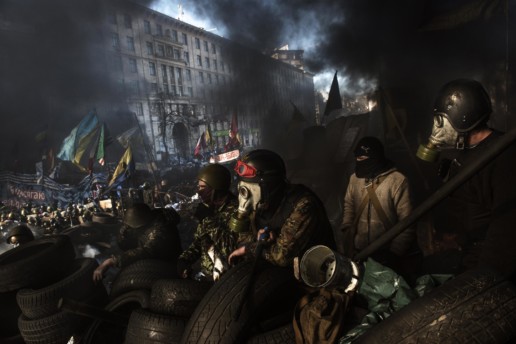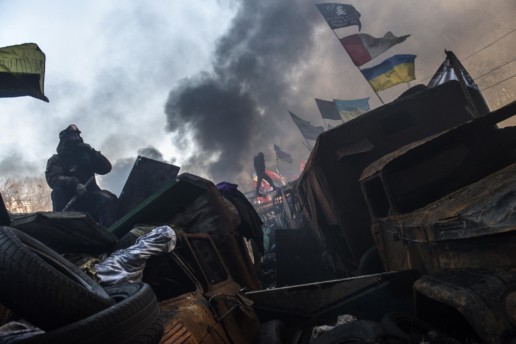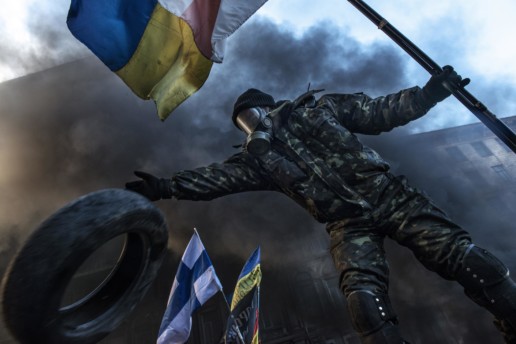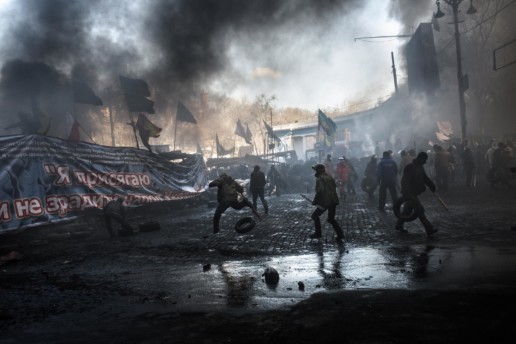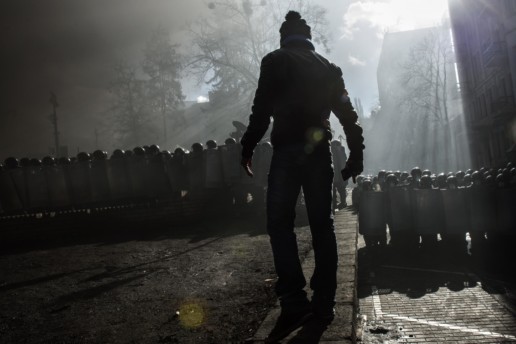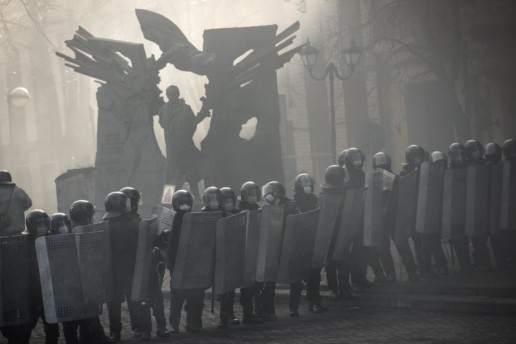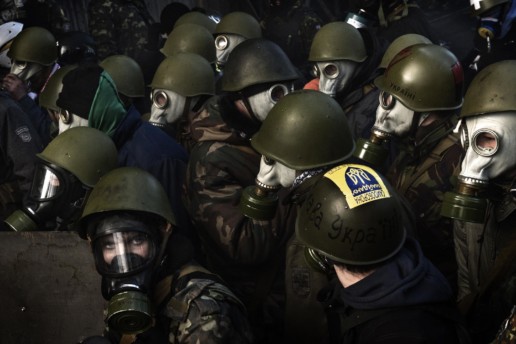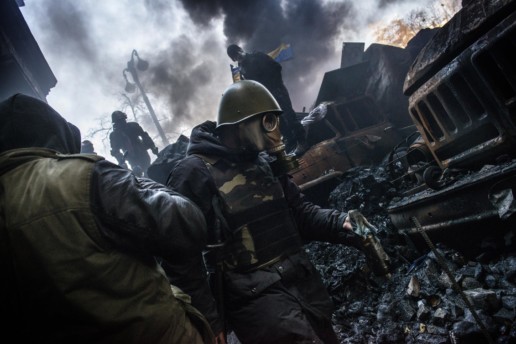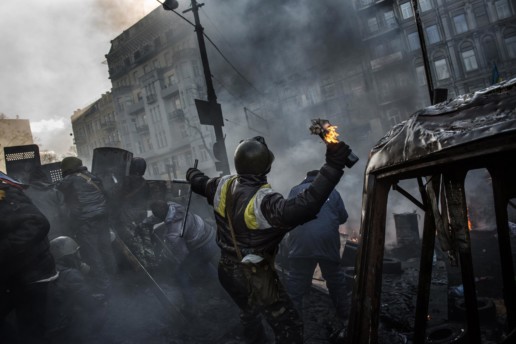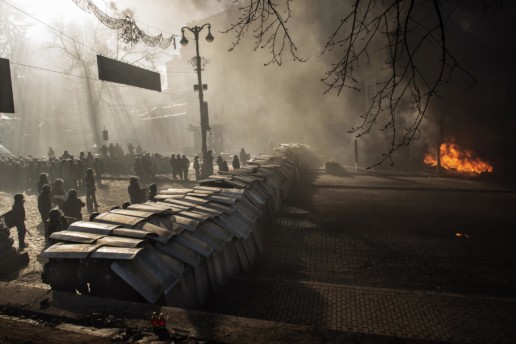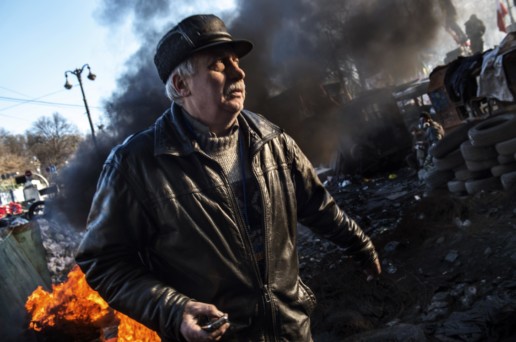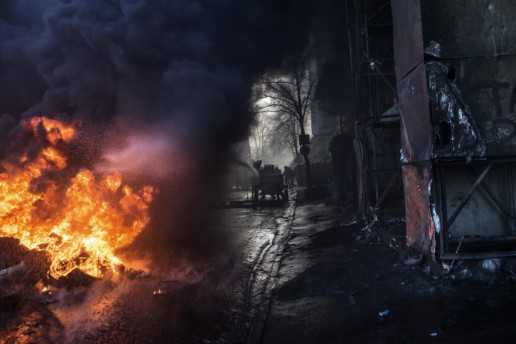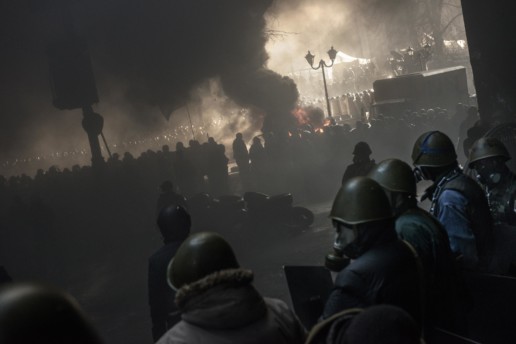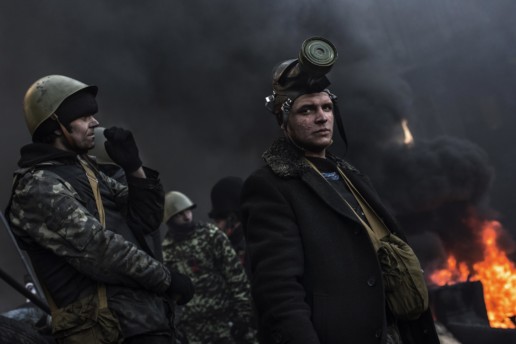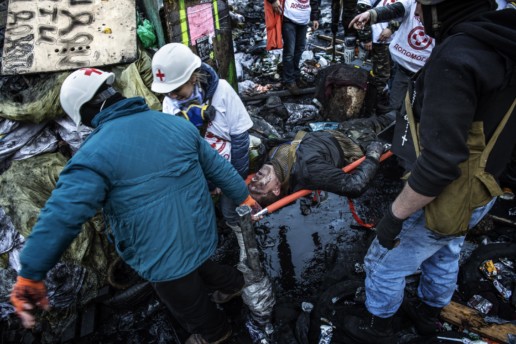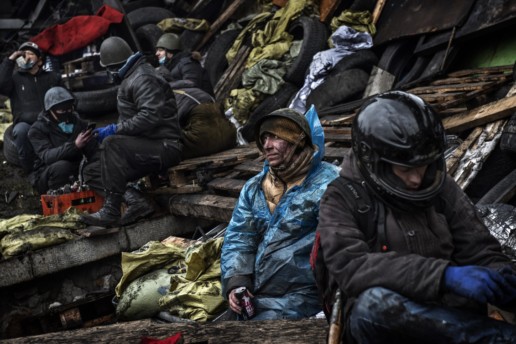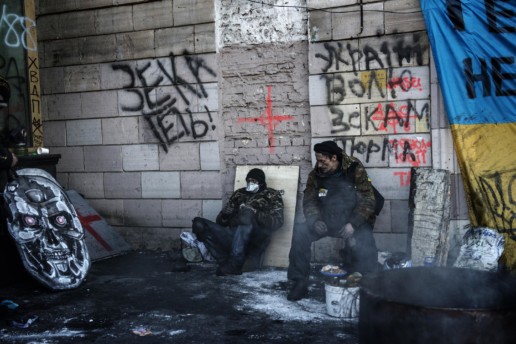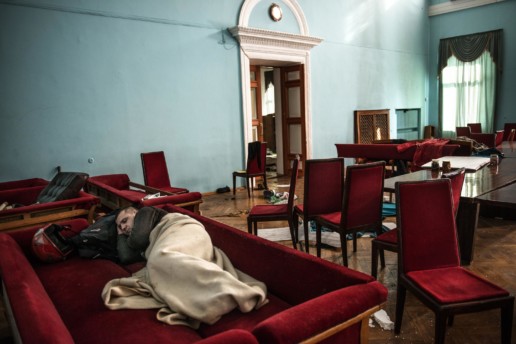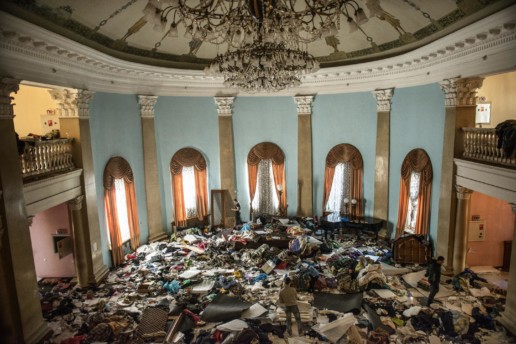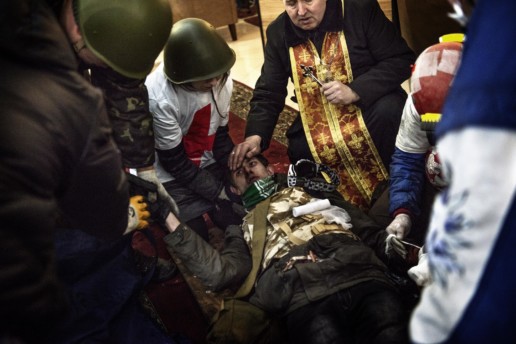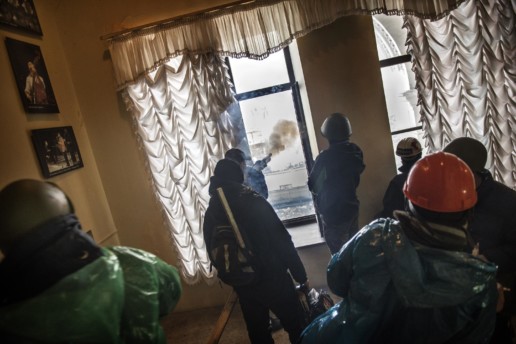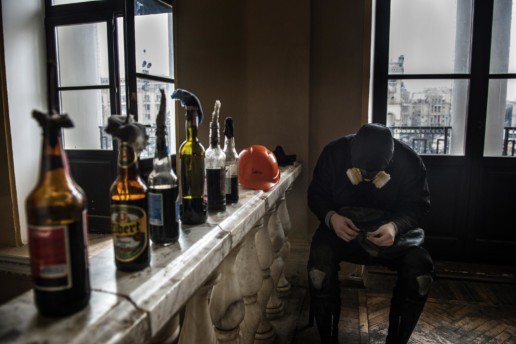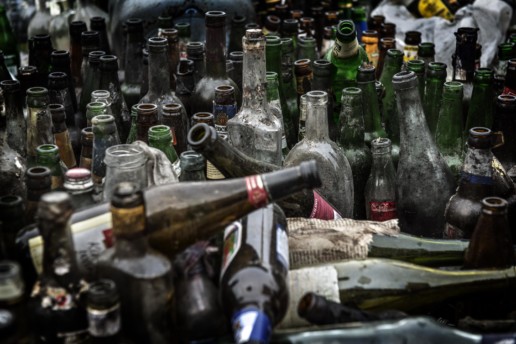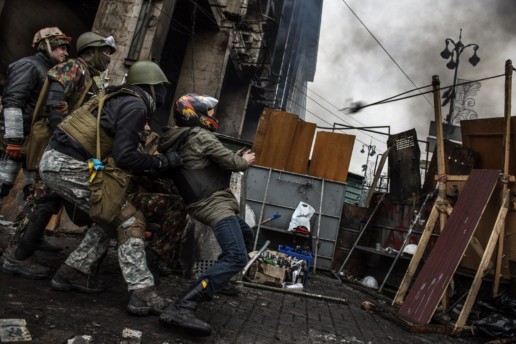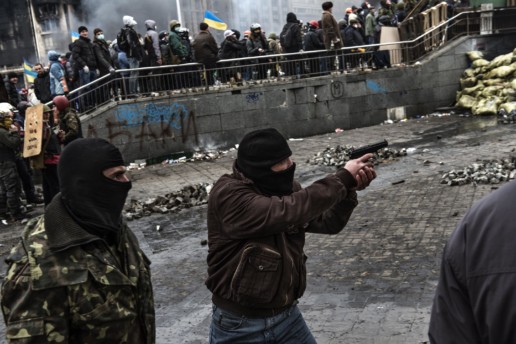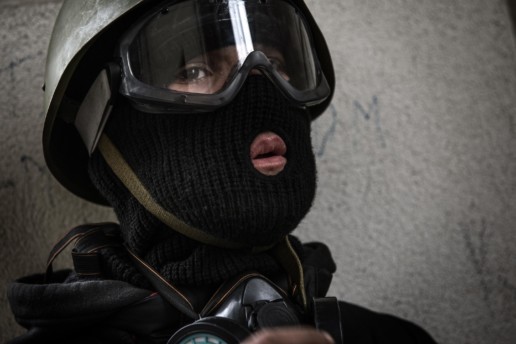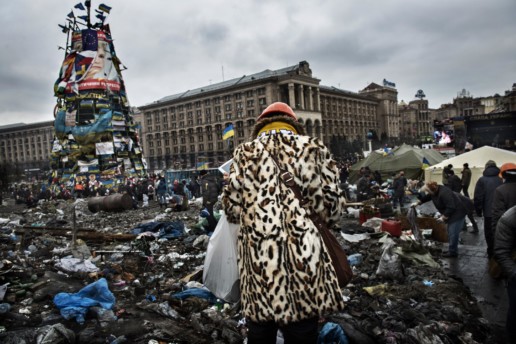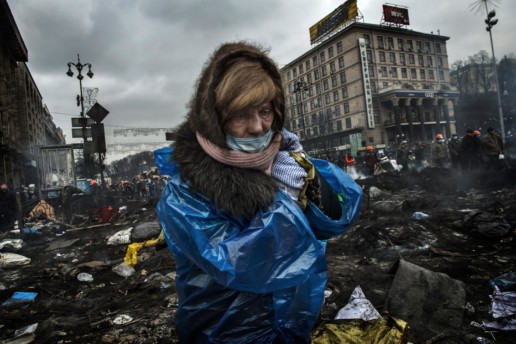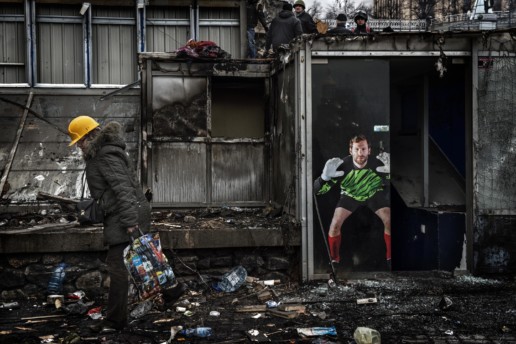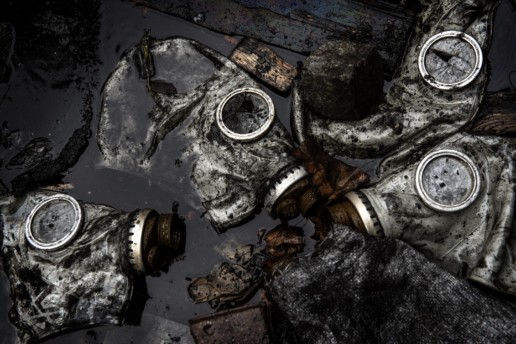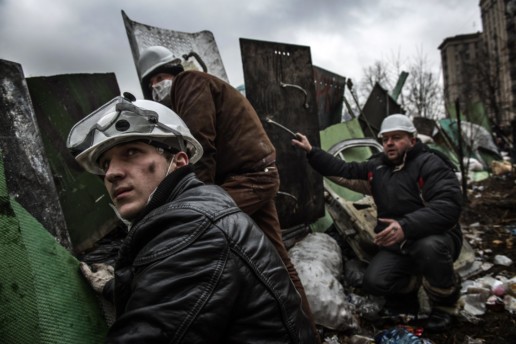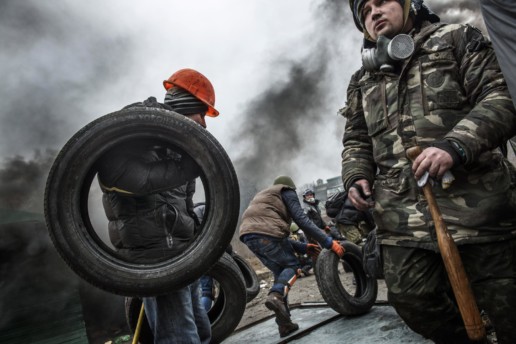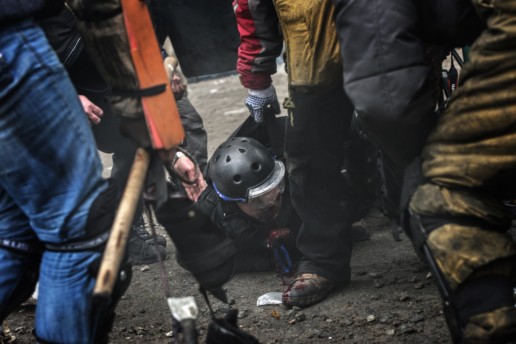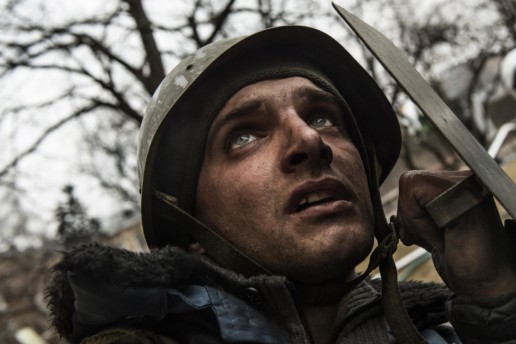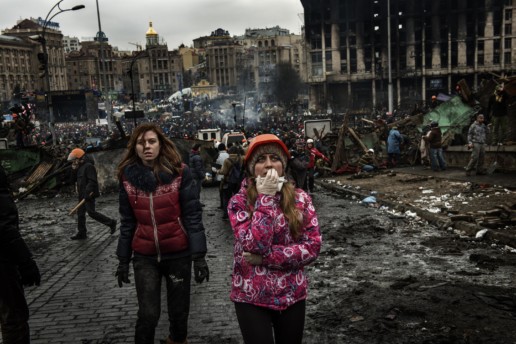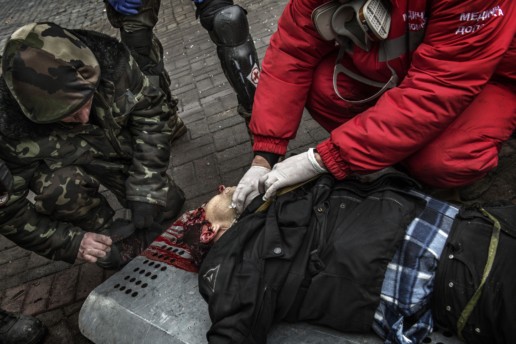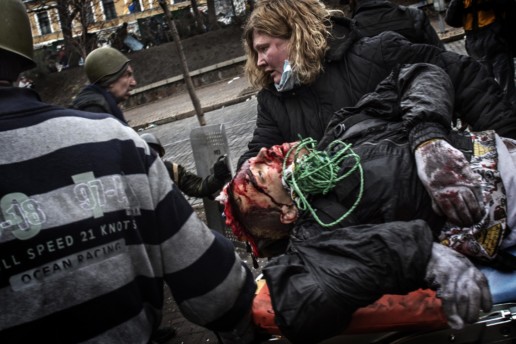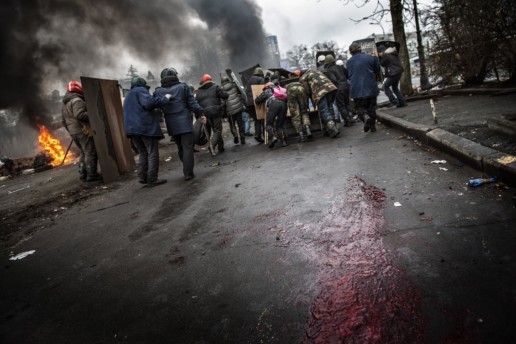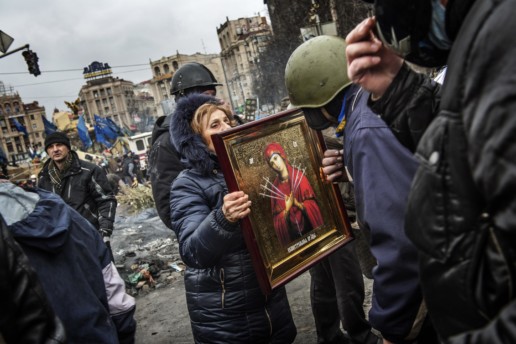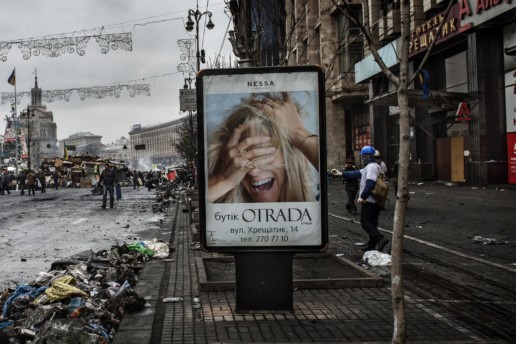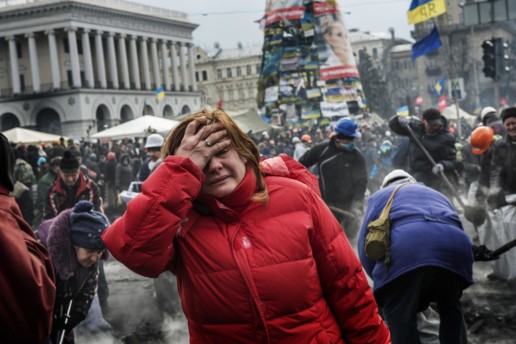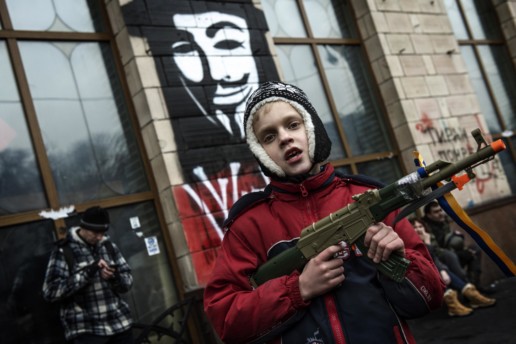Behind Kiev's barricades
In November 2013, hundreds of thousands of Ukrainian protesters took over Kiev’s Independence Square (Maidan Nezalezhnosti) and a number of important government buildings. Initially, the demonstrators gathered to protest against President Viktor Yanukovych’s decision to pull out of a deal that would have brought Ukraine to the threshold of the European Union. After a brutal police crackdown, protests grew in size and passion and their focus shifted to the larger issue of toppling a government seen as brutal and corrupt. Police tried several times in vain to clear the tent city that sprang up in the capital’s Independence Square. My photo reportage covers a period of time from 16 February, 2014, when the demonstrations became more violent, to early March 2014 and the beginning of the Crimean crisis. During this period I was able to capture clashes between the demonstrators and the forces of order that recall, in the manner both of attack and defence, a type of conflict reminiscent of the medieval Dark Ages. Everything was wrapped in a persistent blanket of smoke rising from tyres being burned to prevent the advance of the Ukrainian president’s Berkut special forces in their tortoise-formations. It was truly a territorial war as both sides fought to gain, or regain, mere inches of ground around the government buildings. I witnessed the destruction of the barricades by the police, and their subsequent rebuilding, even higher and stronger than before, by the demonstrators. Tons of debris piled up hour after hour in the streets only to be promptly gathered and piled on the barricades by the thousands of protesters, who swarmed and rallied like ants defending their nest. But by the end of 20 February the clash of sticks, iron bars and truncheons on shields gave way to the sharp, rhythmic reports of snipers’ rifles mowing down the protesters as they advanced towards the government buildings. If at the end of the day it is not possible to discover exactly who was taking aim through the crosshairs, it is certain that around seventy protesters were struck down by these invisible snipers on the rooftops. But that day marked a turning point in the story. Next morning the Berkut melted away, the police abandoned their posts and only then was there opportunity for remembering the victims, and for a slow and gradual return to everyday life.
